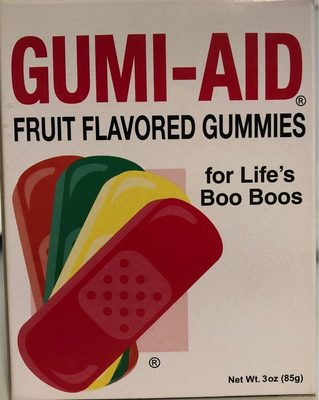Fruit flavored gummies - Gumi-Aid - 3 oz
La page de ce produit n'est pas complète. Vous pouvez aider à la compléter en l'éditant et en ajoutant plus de données à partir des photos que nous avons, ou en prenant plus de photos à l'aide de l'application pour Android ou iPhone / iPad. Merci!
×
Code-barres: 0070875005134 (EAN / EAN-13) 070875005134 (UPC / UPC-A)
Quantité : 3 oz
Marques : Gumi-Aid
Pays de vente : France, États-Unis
Correspondance avec vos préférences
Environnement
Emballage
Transport
Signaler un problème
Sources de données
Produit ajouté le par usda-ndb-import
Dernière modification de la page produit le par roboto-app.
Fiche produit également modifiée par autorotate-bot, kiliweb, openfoodfacts-contributors, yuka.SDZrbkxxZ3F1TnNKZ3RnK3ppTDVxK2xYNHFQNVZueWNON3N6SVE9PQ, yukafix.
Si les informations sont incomplètes ou incorrectes, vous pouvez les complèter ou les corriger en modifiant cette fiche.








